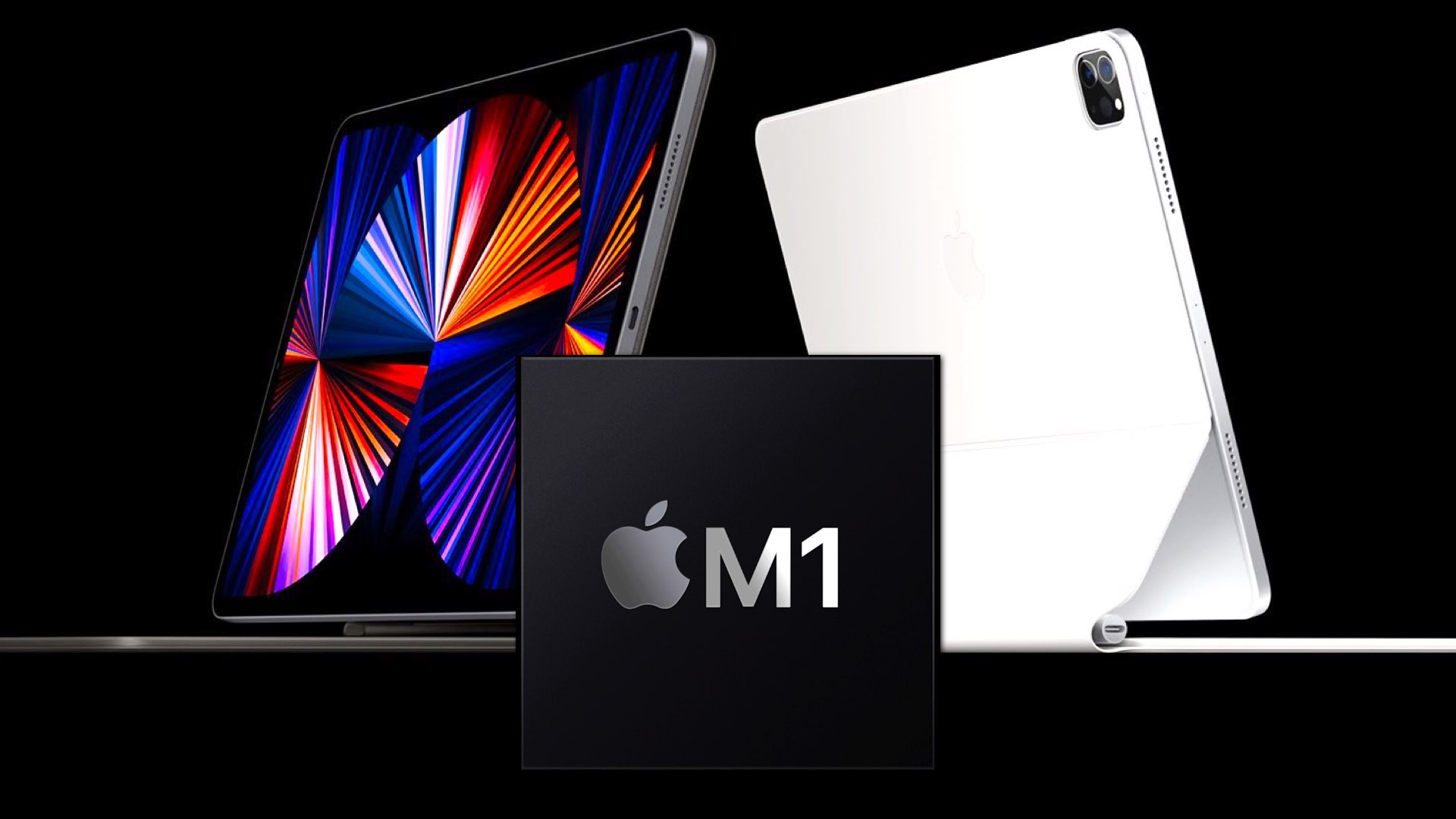iPad Pro with M1 Chip: Apple doesn’t want the iPad to replace the MacBook
The iPad will hardly ever be a complete substitute for the MacBook. So what’s the point of pairing iPad Pro with such an industry-leading chip as M1 as the tablet doesn’t need to be any faster to handle signature “tablet tasks”? The experience of texting, tracking, storing – importing – and exporting files on a laptop has been optimized to a level that most alternative solutions tablets provide seem far-fetched. In 2021, while an iPad Pro resembles a high-end laptop in appearance, inherent divergences in their software and operating systems have made us hesitate to turn to the iPad for professional video editing, coding or content producing. Manufacturers have been very determined to make their tablets more versatile than ever, facilitating tablet use for work by introducing “productivity-boosting” gears and accessories. However, the similar general experience brought by iPad Pro M1, iPad Pro 2020 and iPad Pro 2018 signifies a fact: No matter how advanced the iPad can become or how fast the chips are, an iPad can hardly replace a MacBook. Ever.
But does Apple really want to do such a thing?
If Apple really wanted to renovate the iPad to become the MacBook, things would be very different now. First, assuming that iPads were capable of what MacBooks are, Apple would have two different products occupying two separate production lines, having two distinct shapes but serving only one customer base. In the worst case, the customers’ options might shift from buying both to make optimal use of the Apple ecosystem to purchasing only one of the two. An astute business typically keeps widening its customer base rather than abridging it, and Apple is (apparently) the smartest one in the world.
Second, Apple is totally aware of what the iPad needs to improve to supplant a laptop (as we know it too): the operating system and the screen size. They haven’t made changes to the aspects, which would mean that the US incorporation may aim to satisfy the current iPad consumers instead of forcing them to use the iPad in a “MacBook” way.
This viewpoint is justifiable by looking at the iPad’s recent revenue. There has been a jump in this figure since Q2 2020, and in Q1 2021, the iPad’s sales reached its climax since Q4 2015, at $8.4 billion. After six years, the iPad is regaining its position as a striking money-generating item for Apple, given that it’s been the best tablet around for years. The iPad has proven to aid content creators in various ways and has acquired loyal customers. Apple, thus, has a sufficient number of reasons to invest in macOS and iPadOS separately. A merger would harm Apple’s overall income.
Finally, Apple has continually claimed that merging iPadOS and macOS would be a mistaken idea, and the iPad and the MacBook’s coexistence would offer a more diverse range of item choices. If Apple wanted to sell an iPad running macOS (?), fitting the hardware with the software is costly, while the iPad’s current price shouldn’t be higher. There would be no compensation for Apple if they revolutionised one of its core products, so the revolution itself is not worth it.
Opinions that such a merger would offer numerous benefits for users are self-evident. For instance, a user would feel more comfortable using only one operating system, and Apple would have to develop only one OS accordingly. Apps, games and features would be simultaneously available on all hardware items. However, there is no need for such a change as iOS and iPadOS are nearly similar, and when you know how to use an iPhone, getting used to a MacBook is barely a challenge. The benefit offered by an iPad-Macbook merge or an iPad running macOS is not the benefit we ever yearn for. This is the dawn of Apple’s M1 chip. Therefore, the iPad Pro M1 is merely an item carrying along with it the best tech Apple can integrate into a tablet, a product that boosts the chip and a tablet that consolidates the dominance of iPad over Android counterparts. It is not meant to substitute the MacBook, and a merger will not happen anytime soon.


Comments
Post a Comment